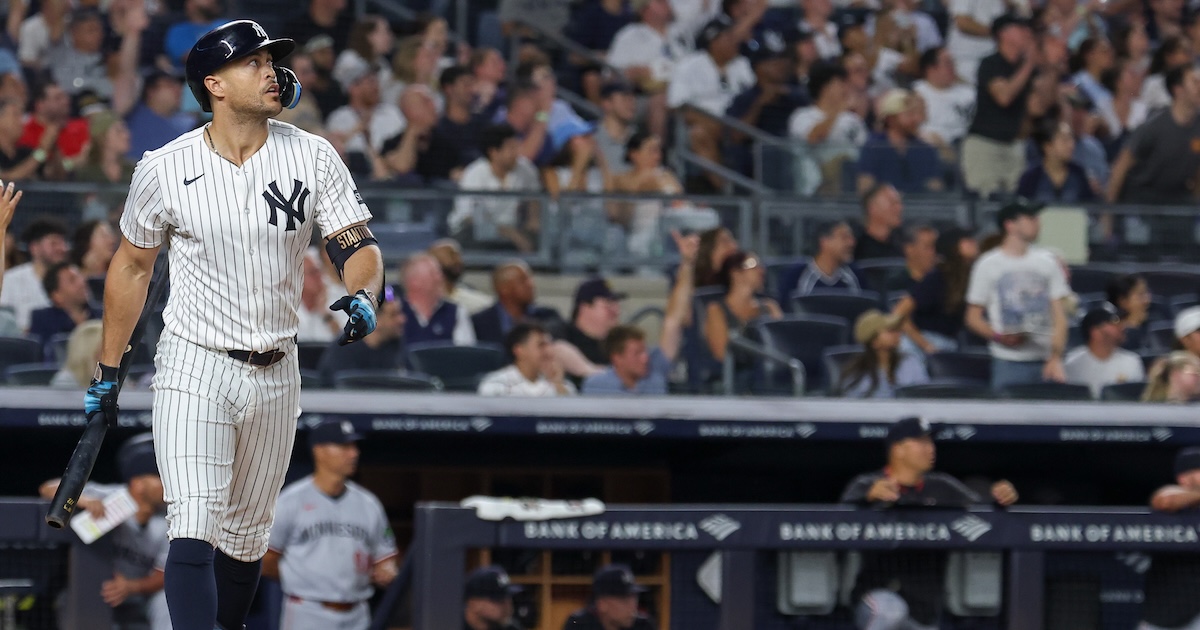Reviewing OOPSY’s Debut Season

The projection system OOPSY made its major league debut this year. So how did it do?
OOPSY’s methodology mirrors that of the other FanGraphs projection systems, with a few twists — most notably, the inclusion of bat speed for hitters and Stuff+ for pitchers. Projection systems are comprised of many different components, however, including aging curves, major league equivalencies to account for minor league and foreign league performance, recency weights, regression to the mean, league run environment, and park factors. There are many ways for projection systems to stand out or lag behind their peers beyond just the inclusion of a particular variable like bat speed. Projection systems are comprised of hundreds of small methodological decisions. Given the sum total of the decisions that went into OOPSY, did it hold its own in 2025 relative to its more established peers?
To review the projections, this article follows industry best practices as outlined by Tom Tango, MLBAM’s senior data architect. I have conducted this review process for pitchers before, as my pitching projections have been featured by Eno Sarris in The Athletic since 2023, but this was my first year publishing a full set of hitting projections. This review focuses on wOBA for hitters and wOBA against for pitchers (an alternative to ERA, further defined below). These metrics are typically the focus of projection system reviews, the most important hitting and pitching rate statistics for projection systems to get right from a “real-life” perspective. Both are catch-all rate statistics that measure, respectively, a player’s offensive and pitching value. The various component projections, e.g., K% and BB%, feed into these catch-all metrics. Read the rest of this entry »

